Housatonic Community College Program Finalist for National Award
/Housatonic Community College's advancements in the areas of efficiency and effectiveness were recognized by the Community College Futures Assembly, which recently named the College's Family Economic Security Program (FESP) as a finalist for its national 2019 Bellwether Award.
"It is an honor to be among the finalists for this prestigious award. We're excited to compete and share the program with other colleges because it is really helping our students," said Alese Mulvihill, Associate Dean of Student Success at Housatonic Community College (HCC). "Our hope is that other schools will institute FESP in their own communities and get the same results we're seeing."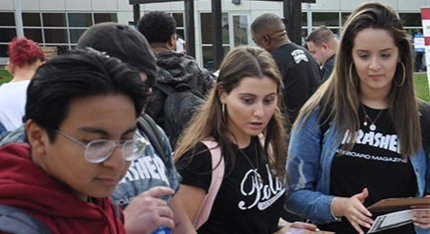
The FESP program provides bundled services to HCC students of low to moderate income, whereby students receive resources and tools to advance their education, career and economic security. Achievement coaches provide academic, financial and life counseling, career coordinators provide career counseling, and students participate in workshops and activities.
The high-touch program was adopted from the Center for Working Families model from the Annie E. Casey Foundation, and is an innovative partnership between HCC, Fairfield County's Community Foundation Fund for Women and Girls, and the Housatonic Community College Foundation.
As part of the Bellweather Awards process, the awards application must identify the issue or challenge that the leading edge program or activity was designed to address, describe the process, timeline, participants, and resources required to implement the program or activity, specify the results and/or impact, and elaborate on lessons learned for colleges considering a replication of the initiative.
Now in its fourth year, the FESP program is a model for student success, with retention rates for FESP students a full 30 percent higher than those of the College.
"FESP is a perfect example of the power of partnerships to transform services for students," said Dr. Paul Broadie, HCC President. "Through these collaborations, the program increases graduation rates, leading to greater employment opportunities, increased earnings, and the economic expansion of surrounding communities. The impact is tremendous."
Bellwether College Consortium through the Community College Futures Assembly addresses the best practices at community colleges. Thirty finalist colleges in three categories were competitively chosen by a national panel of judges to compete for the coveted award. The selection process culminates with the winning program initiatives to be announced this month.
"The Fund for Women & Girls designed FESP to address the academic achievement gap among Fairfield County's low-income women and simultaneously promote their economic advancement. FESP uses a proven model that yields higher graduation rates,” said Tricia Hyacinth, Director, Fairfield County's Community Foundation's Fund for Women & Girls. “We've seen firsthand how the program improves odds for women and their families.”
https://youtu.be/xFFkZb9RQjU


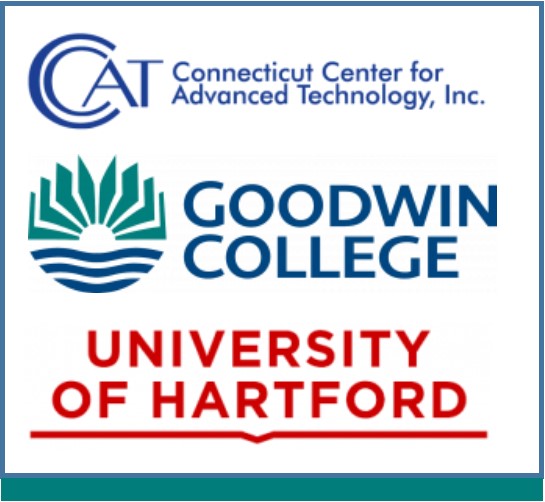
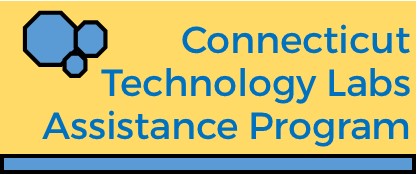 CCAT and the University of Hartford have a long history of working together developing programs, obtaining grant funding, sharing equipment and facilities, and ensuring that students have interesting research projects as well as hands-on learning opportunities through internships and experiential education. This is the latest program collaboration.
CCAT and the University of Hartford have a long history of working together developing programs, obtaining grant funding, sharing equipment and facilities, and ensuring that students have interesting research projects as well as hands-on learning opportunities through internships and experiential education. This is the latest program collaboration.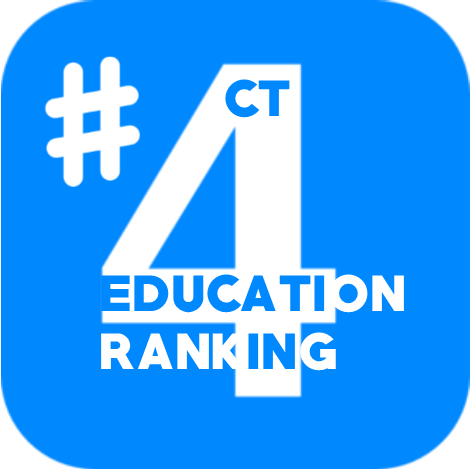
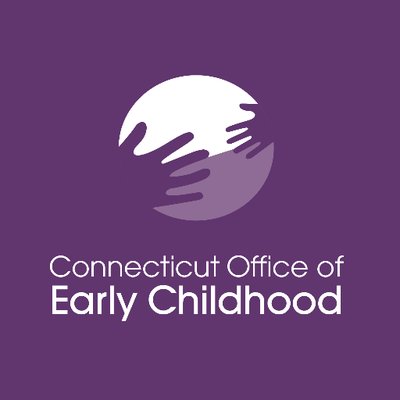
 Bye will begin serving as the Commissioner-designate later this month. Her nomination will be sent to the General Assembly for confirmation. Earlier in her career, Bye was director of the University of Saint Joseph School for Young Children and Trinity College Community Child Center preschools, and was early childhood director at the Capitol Region Education Council (CREC), where she supervised the birth to three program for CREC, and also helped to open two early childhood magnet schools. She was later elected to the Board of Education in West Hartford, then to the State House and State Senate. Reelected last fall, she did not take the oath of office last week in order to accept Lamont’s
Bye will begin serving as the Commissioner-designate later this month. Her nomination will be sent to the General Assembly for confirmation. Earlier in her career, Bye was director of the University of Saint Joseph School for Young Children and Trinity College Community Child Center preschools, and was early childhood director at the Capitol Region Education Council (CREC), where she supervised the birth to three program for CREC, and also helped to open two early childhood magnet schools. She was later elected to the Board of Education in West Hartford, then to the State House and State Senate. Reelected last fall, she did not take the oath of office last week in order to accept Lamont’s  Unlike a previous iteration of this federal grant program – which focused on expanding preschool for four year-olds – the new grant focuses on child success from to zero to five, with an emphasis on infants and toddlers. Further, officials said, it calls on states to look beyond the classroom to broader measures of child and family success, including mental and physical health, family stability, and parental employment. Because such considerations involve multiple agencies, it calls on states to advance a cross-system data and performance infrastructure, asking them to cost-effectively implement new solutions with an emphasis on measurable outcomes.
Unlike a previous iteration of this federal grant program – which focused on expanding preschool for four year-olds – the new grant focuses on child success from to zero to five, with an emphasis on infants and toddlers. Further, officials said, it calls on states to look beyond the classroom to broader measures of child and family success, including mental and physical health, family stability, and parental employment. Because such considerations involve multiple agencies, it calls on states to advance a cross-system data and performance infrastructure, asking them to cost-effectively implement new solutions with an emphasis on measurable outcomes. DEI is a national, transparent, annual benchmarking tool that offers businesses an opportunity to receive an objective score, on a scale of zero (0) to 100, on their disability inclusion policies and practices. The
DEI is a national, transparent, annual benchmarking tool that offers businesses an opportunity to receive an objective score, on a scale of zero (0) to 100, on their disability inclusion policies and practices. The 

 NACE is the leading source of information nationwide on the employment of the college educated, and forecasts hiring and trends in the job market; tracks starting salaries, recruiting and hiring practices, and student attitudes and outcomes; and identifies best practices and benchmarks.
NACE is the leading source of information nationwide on the employment of the college educated, and forecasts hiring and trends in the job market; tracks starting salaries, recruiting and hiring practices, and student attitudes and outcomes; and identifies best practices and benchmarks.
 In addition, “the unemployment rate in [metro] Hartford for adults with at least a bachelor's degree is the lowest in all the metropolitan areas analyzed, whereas last year, it was in the middle of the pack.”
In addition, “the unemployment rate in [metro] Hartford for adults with at least a bachelor's degree is the lowest in all the metropolitan areas analyzed, whereas last year, it was in the middle of the pack.”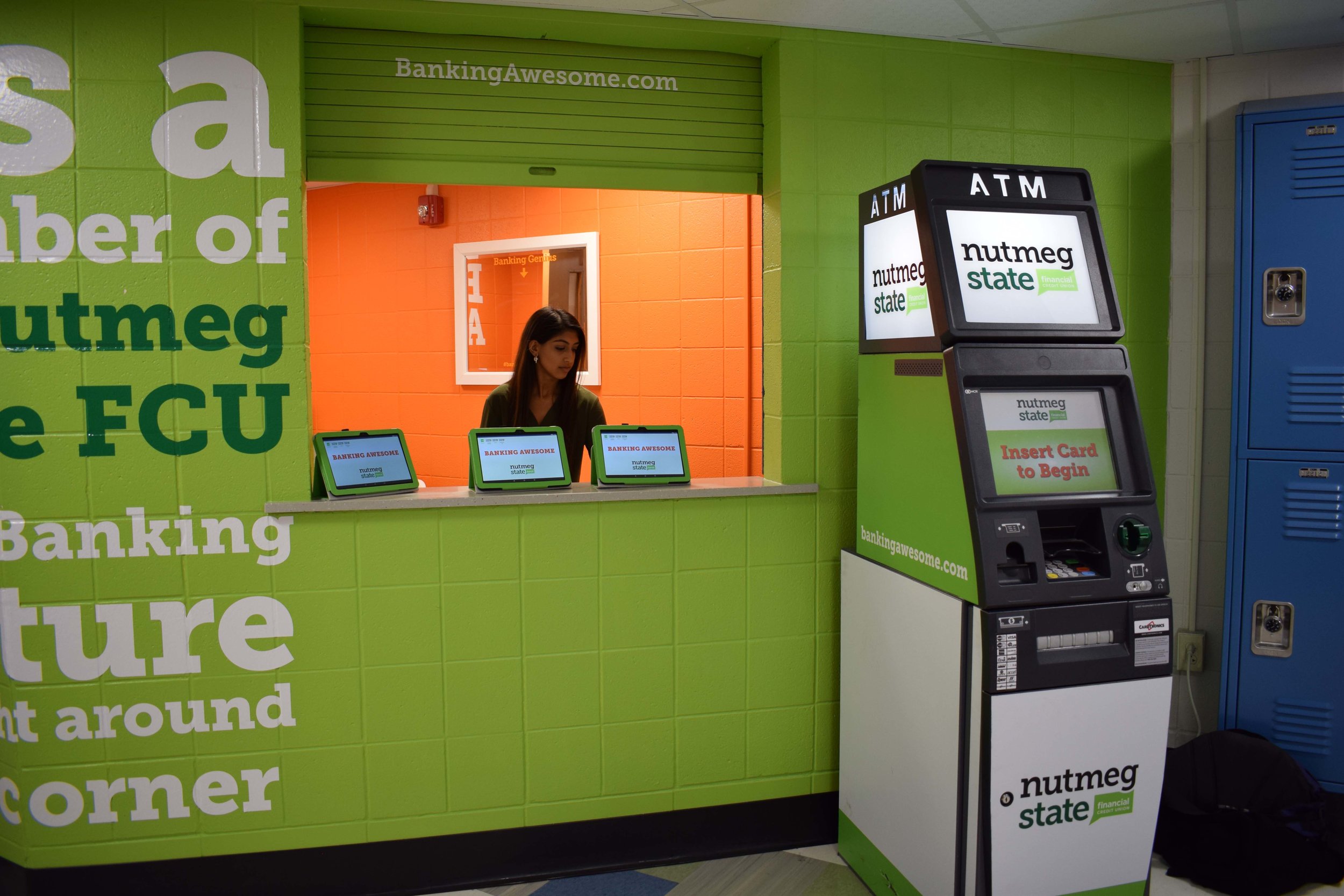
 Because the technology is intuitive for most students, their transaction time can be used to talk about subjects they may be less familiar with – such as balancing a checkbook, how debit cards and account balances relate to each other, loans and interest rates, and what a credit score is all about. Not the typical teen conversation, but Holt indicates that students have been quite interested in learning more.
Because the technology is intuitive for most students, their transaction time can be used to talk about subjects they may be less familiar with – such as balancing a checkbook, how debit cards and account balances relate to each other, loans and interest rates, and what a credit score is all about. Not the typical teen conversation, but Holt indicates that students have been quite interested in learning more.

 The new center at Sacred Heart University will further Verizon’s commitment to cultivate strong relationships with academic institutions with emerging technology curricula, officials stressed. The coworking spaces allow Verizon to tap into local startup and innovation networks, build relationships with potential partners and open new doors for ideas and technology. With Verizon, Alley is bridging the gap between startup and corporation by helping the community workspace build next-level ecosystems for entrepreneurs. Verizon provides entrepreneurs and start-up companies working on new products with the technology and services they need for growth.
The new center at Sacred Heart University will further Verizon’s commitment to cultivate strong relationships with academic institutions with emerging technology curricula, officials stressed. The coworking spaces allow Verizon to tap into local startup and innovation networks, build relationships with potential partners and open new doors for ideas and technology. With Verizon, Alley is bridging the gap between startup and corporation by helping the community workspace build next-level ecosystems for entrepreneurs. Verizon provides entrepreneurs and start-up companies working on new products with the technology and services they need for growth.





























